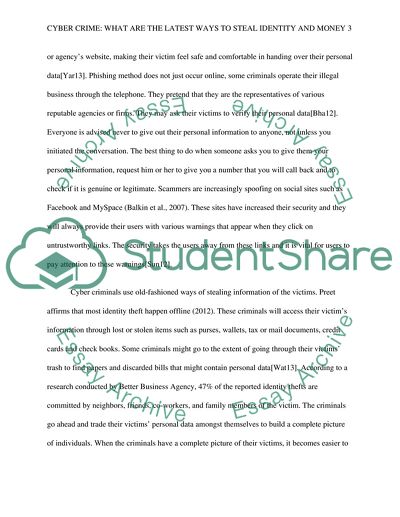Cite this document
(Cyber Crime: the Latest Ways to Steal Identity and Money Term Paper, n.d.)
Cyber Crime: the Latest Ways to Steal Identity and Money Term Paper. Retrieved from https://studentshare.org/technology/1630818-cyber-crime-what-are-the-latest-ways-to-steal-identity-and-money
Cyber Crime: the Latest Ways to Steal Identity and Money Term Paper. Retrieved from https://studentshare.org/technology/1630818-cyber-crime-what-are-the-latest-ways-to-steal-identity-and-money
(Cyber Crime: The Latest Ways to Steal Identity and Money Term Paper)
Cyber Crime: The Latest Ways to Steal Identity and Money Term Paper. https://studentshare.org/technology/1630818-cyber-crime-what-are-the-latest-ways-to-steal-identity-and-money.
Cyber Crime: The Latest Ways to Steal Identity and Money Term Paper. https://studentshare.org/technology/1630818-cyber-crime-what-are-the-latest-ways-to-steal-identity-and-money.
“Cyber Crime: The Latest Ways to Steal Identity and Money Term Paper”, n.d. https://studentshare.org/technology/1630818-cyber-crime-what-are-the-latest-ways-to-steal-identity-and-money.


